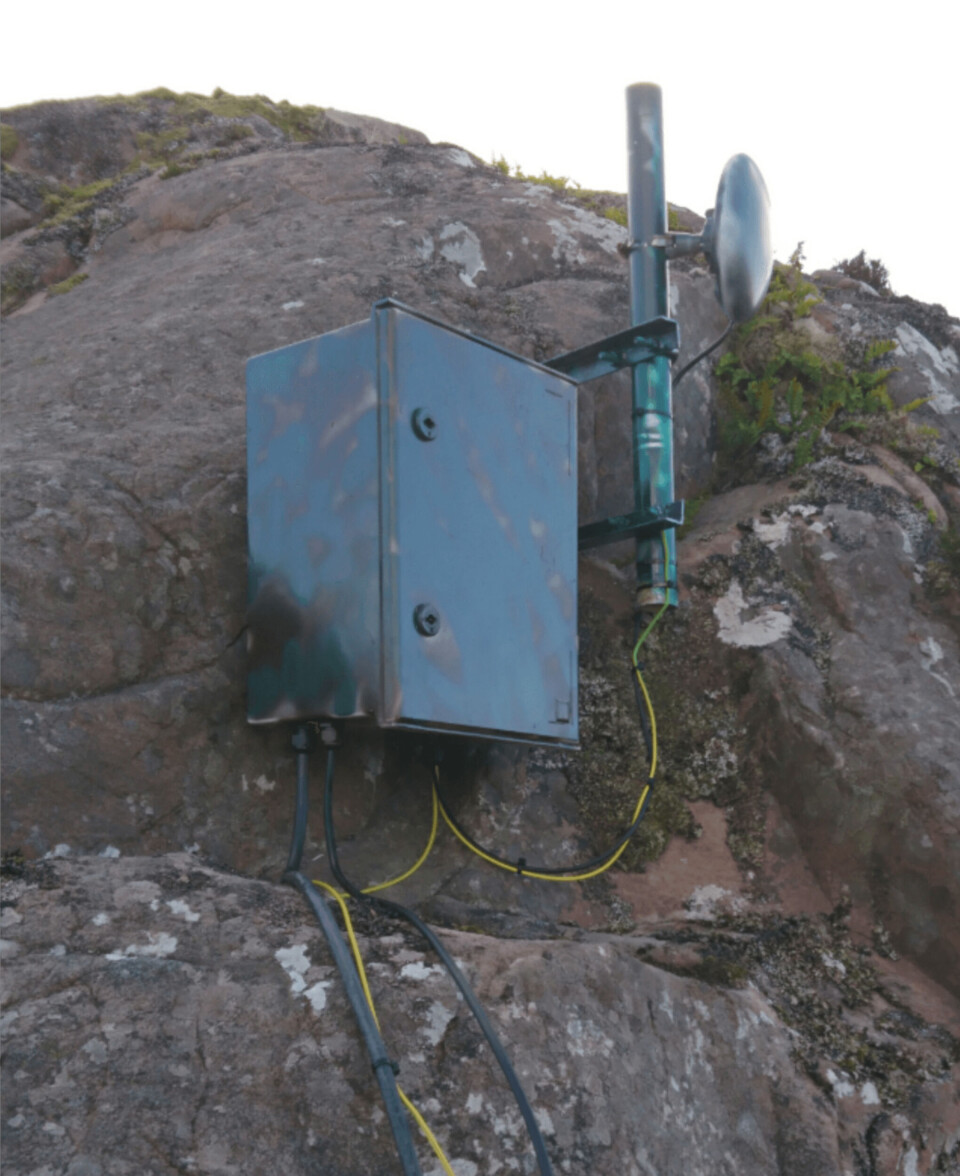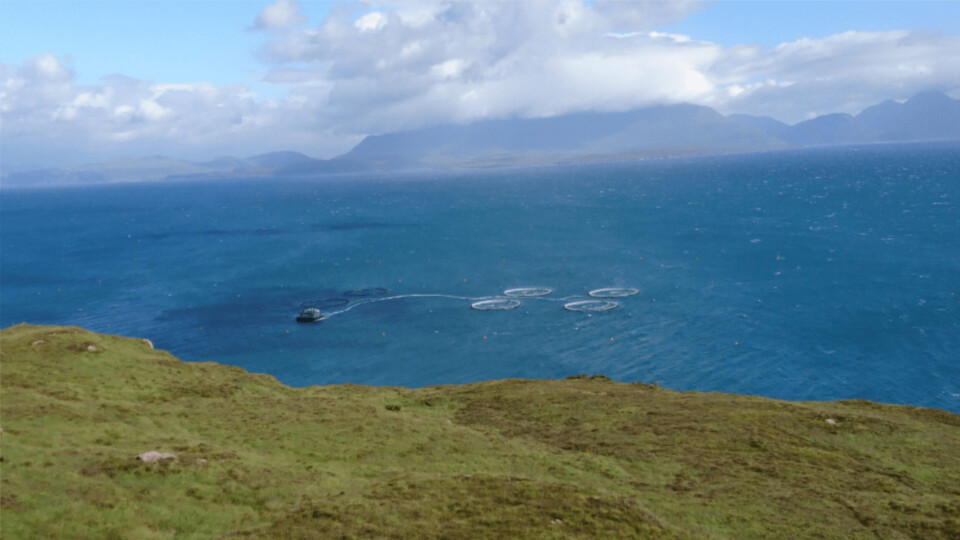
Mowi speeds Rum into the fibre internet age
The Isle of Rum has become the first Scottish island to receive full fibre to the premises (FTTP) broadband, thanks in large part to the demands of modern salmon farming.
Mowi Scotland needed a high-quality network link between its shore-based office and fish farm barge, which are separated by around 5.5km of land and sea, and engaged local wireless broadband operator HebNet CIC (community interest company) to design a solution.
It was decided that a fibre-optic solution was the best long-term option given the distance and terrain involved.

Key stakeholders
While designing the link, HebNet approached the Isle of Rum Community Trust (IRCT) as there was a possible option to incorporate FTTP as part of the overall project design.
At the same time, Scottish Natural Heritage (SNH), which manages the island’s nature reserve, was also approached as the design could be widened to include their sites in the village.
Both the IRCT and SNH said yes, and the wider design was drawn up to include the requirements of all the key stakeholders.
In addition to existing houses and sites being connected, a new housing development currently being built to house Mowi workers and provide affordable houses for IRCT has also been added to the network.
A Mowi spokesperson said: “Our long-term commitment to Rum and the other Small Isles where we conduct our business includes partnering in vital projects that help improve the community. This new fibre network will provide all of us – whether working or residing – with the safety of connectivity and the ability to carry out economic activity that matches the speed and reliability of other communities in Scotland.”

Quicker image sharing
The spokesperson said the link enabled real time production data sharing, quick image sharing to aid in fish welfare and a safer working space with timelier communications.
The link also allowed video conferencing, reducing the need for staff to travel as frequently, and additional online training opportunities.
HebNet director Ian Bolas said the position of Mowi’s farm and office meant a fibre link was the best choice.
“The shore base is 5km from the barge/farm and a headland limits any wireless options between the sites. There’s 5km of fibre now laid that links to a wireless shore relay close to the barge that does a short wireless hop.
Future-proof fibre
“Fibre vs satellite or even copper has many advantages, the main one being speed. The fibre we have on Rum and at the Mowi office is capable of 1Gb/s (1000Mb/s). This fibre could support higher speeds should we install the modules. As the fibre is high speed, latency is very low. Satellite has a very high latency so is far from ideal for voice/video options. The fibre and short wireless link ensure Mowi has high speed comms between the sites on Rum now while having the future proofing of fibre that would allow speeds to increase at little or no cost.
“Reliability on fibre is also really good and it’s unaffected by weather.”
Denis Rixson, chair of IRCT, said: “There was a unique opportunity for us to work with other key stakeholders on Rum that enabled us to deliver FTTP and futureproof the local internet infrastructure on the island. At the same time, we hope Rum can be used as a model for other rural communities with aspirations of delivering their own fibre networks.”
HebNet CIC has also worked with another salmon farmer, Scottish Sea Farms, to bring faster internet connections to the remote community of Drimnin and to homes and businesses in the Knoydart and Loch Nevis area.























































